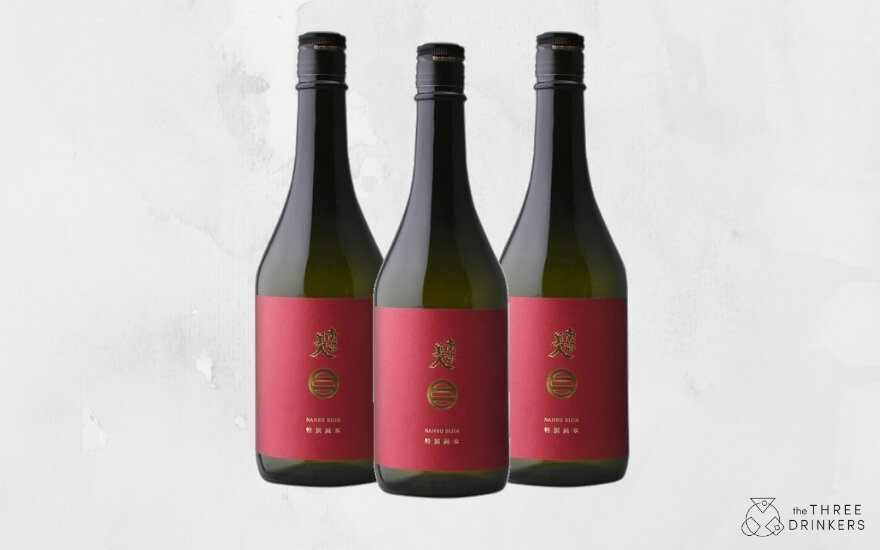This week on The Thursday Club with Mike Graham on Talk Radio, it’s a Japanese special to celebrate our Olympic wins! We’ll be getting to know two of Japan’s favourite tipples a little better and perhaps discovering some new delicious treats along the way.
What is Sake?
Sake is wine made by fermenting rice instead of grapes. The quality can vary a lot according to how much each grain of rice has been polished (the more the better). Traditionally, only lower grade sake is drunk warm and it really should be treated just like normal grape wine wine, out of a wine glass. The quality levels go up from junmai’, which is table sake, where no minimum rice polishing is required. Then, we move up in quality to a higher polish with ‘junmai ginjo’ at 60% and then at the top, there’s ‘junmai daiginjo’, where only 50% of the rice grain is used. Usually, the junmai ginjo and junmai daiginjo are more aromatic and elegant because of the polishing. Here’s much more info and your beginner’s guide to Sake on TheThreeDrinkers.com.
Shirayuki Japanese Saké
Shirayuki is a brand of sake that has been going for centuries and hails originally from a place called Nada, near Kobe in Hyogo Prefecture; the historical birthplace of Japanese sake since 1550. (Think about what Cognac is to Brandy - that’s what Nada is to Sake). This is a relatively small batch made just for Aldi, so get it while you can as when it’s gone, it’s gone! This is your entry level sake, which can be tasted child or warmed up if preferred.
Find it for £4.99 at Aldi here
Junmai Daiginjo Sake
This Junmai Daiginjo from Kamoizumi brewery in Hiroshima, where there is particularly soft water, which is ideal for elegant sake. It’s a great example of finer styles of sake: bold and leafy, with umami notes of mushrooms and a slight sweetness on the finish. Try this with rich seafood dishes or even duck pancakes..
Find it for £25.75 from The Whisky Exchange here.
Sparkling Sake
Awashizuku Sparkling Sake
from the Kuichi Brewery, the makers of Hitachino Nest Beer. This is a junmaishusake, which is made using only rice, water and the sour kojhi mould that kicks of fermentation. It can be made with a secondary fermentation like champagne ot the addition of CO2. It’s sweet, earthy and refreshing - a great alternative to Prosecco and fabulous with salty snack like parma ham.
Find it for £6.95 at The Whisky Exchange here.
Umeshu
Akashi-Tai Shiraume Ginjo Umeshu
What is Umeshu? Umeshu is an alcoholic Japanese drink made by steeping plums in sake. It’s usually fairly sweet with a moreish sweet and sour note. It’s often called plum wine, even though it is not wine made with plums; it’s actually fine sake that has had plums steeped in it with sugar added, so it; smore like a liqueur. ‘Ume’ means plum and shu means alcohol and there’s a sweet and sour note to it as the plums alone are quite sour - not to eat alone. Umeshu is best served chilled on its own in summer, or with a little hot water in winter.
Find it for £19.25 at The Whisky Exchange here.
See more about Sake on our beginner’s guide here! Want more suggestions for Japanese drinky treats? Check out this article! And for the best Japanese whisky? Look here.






